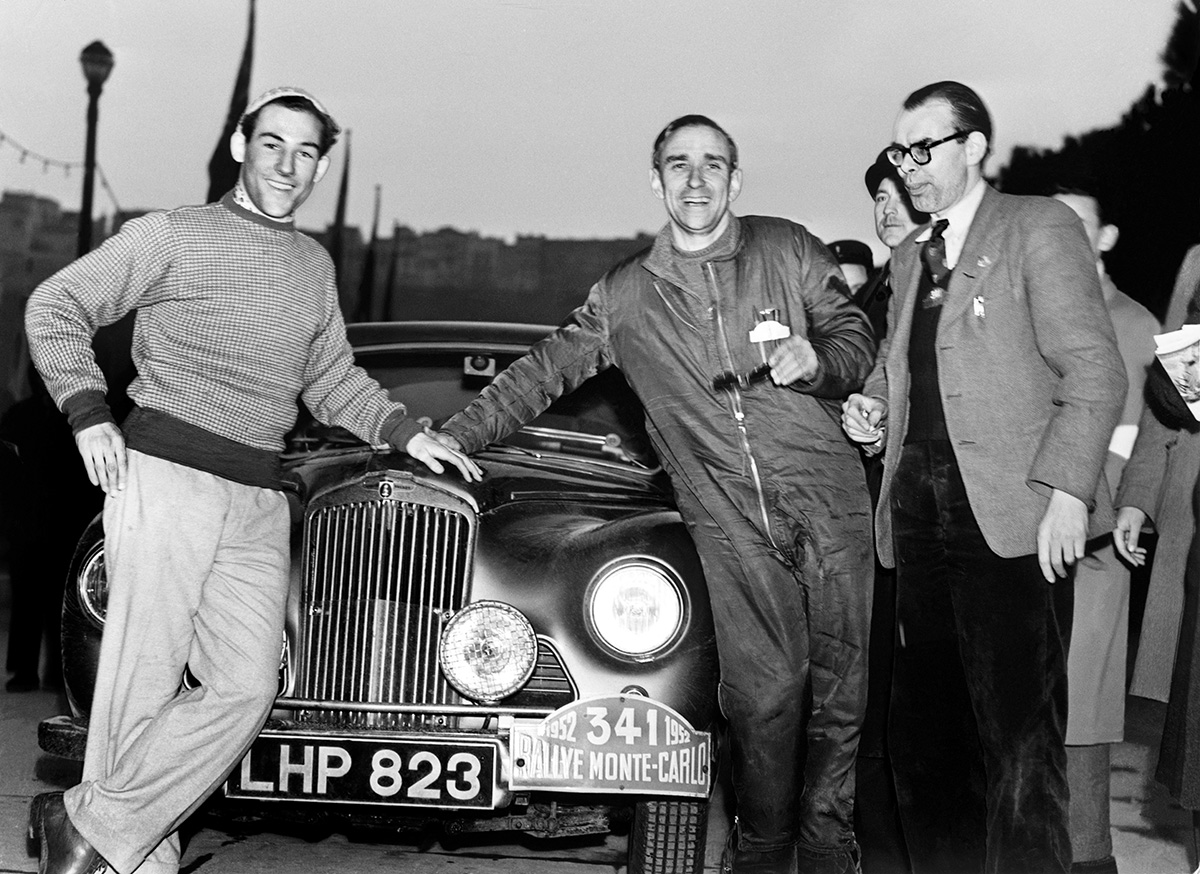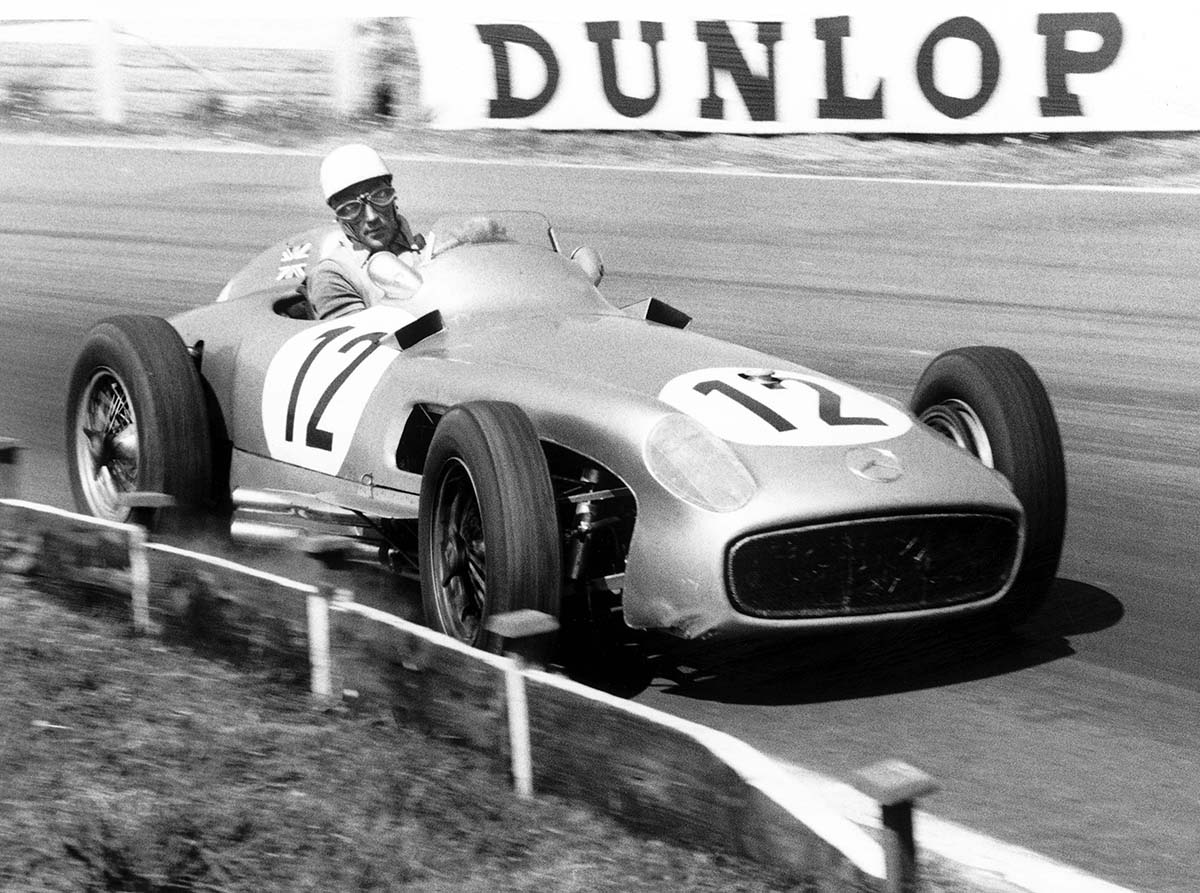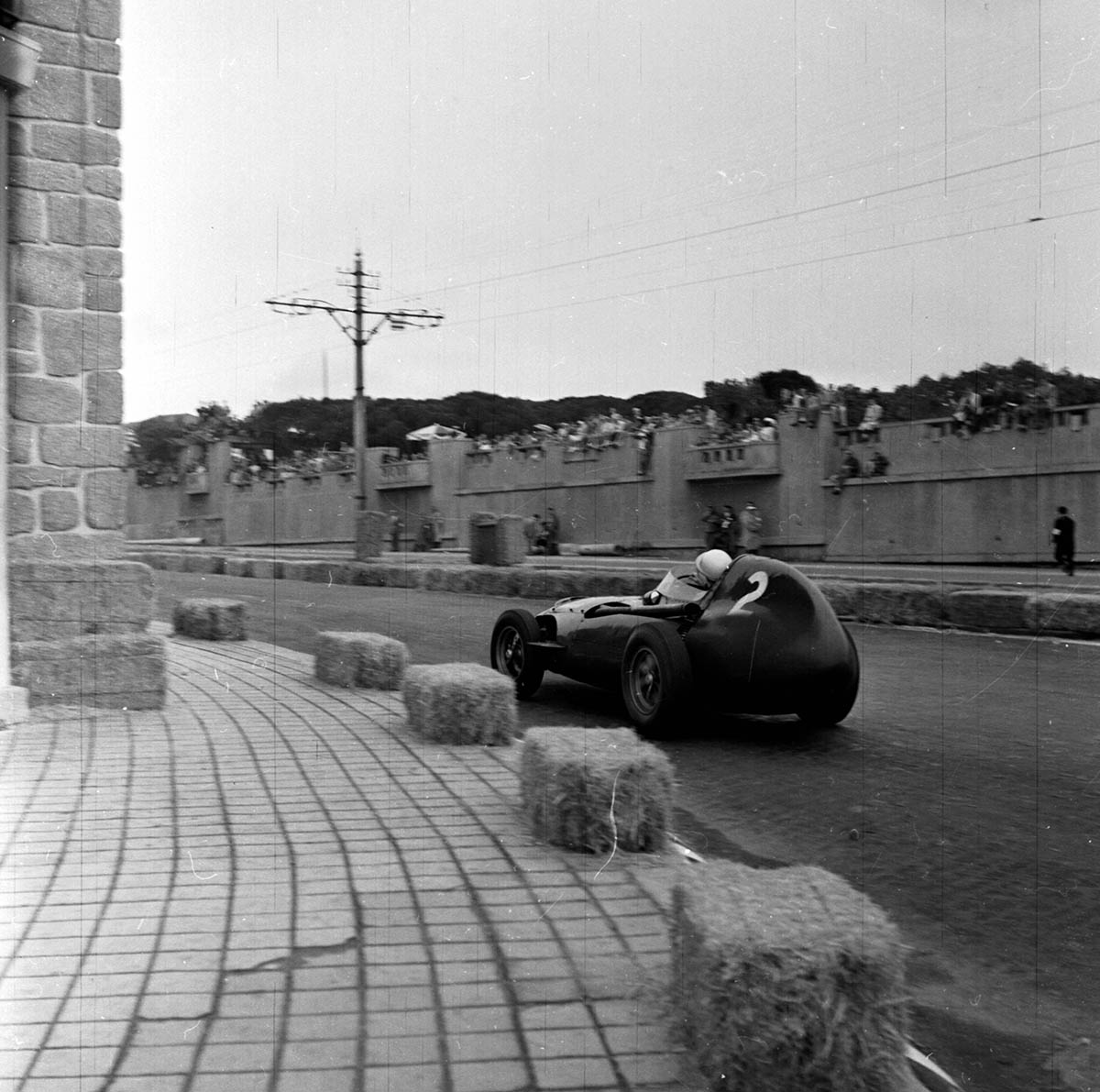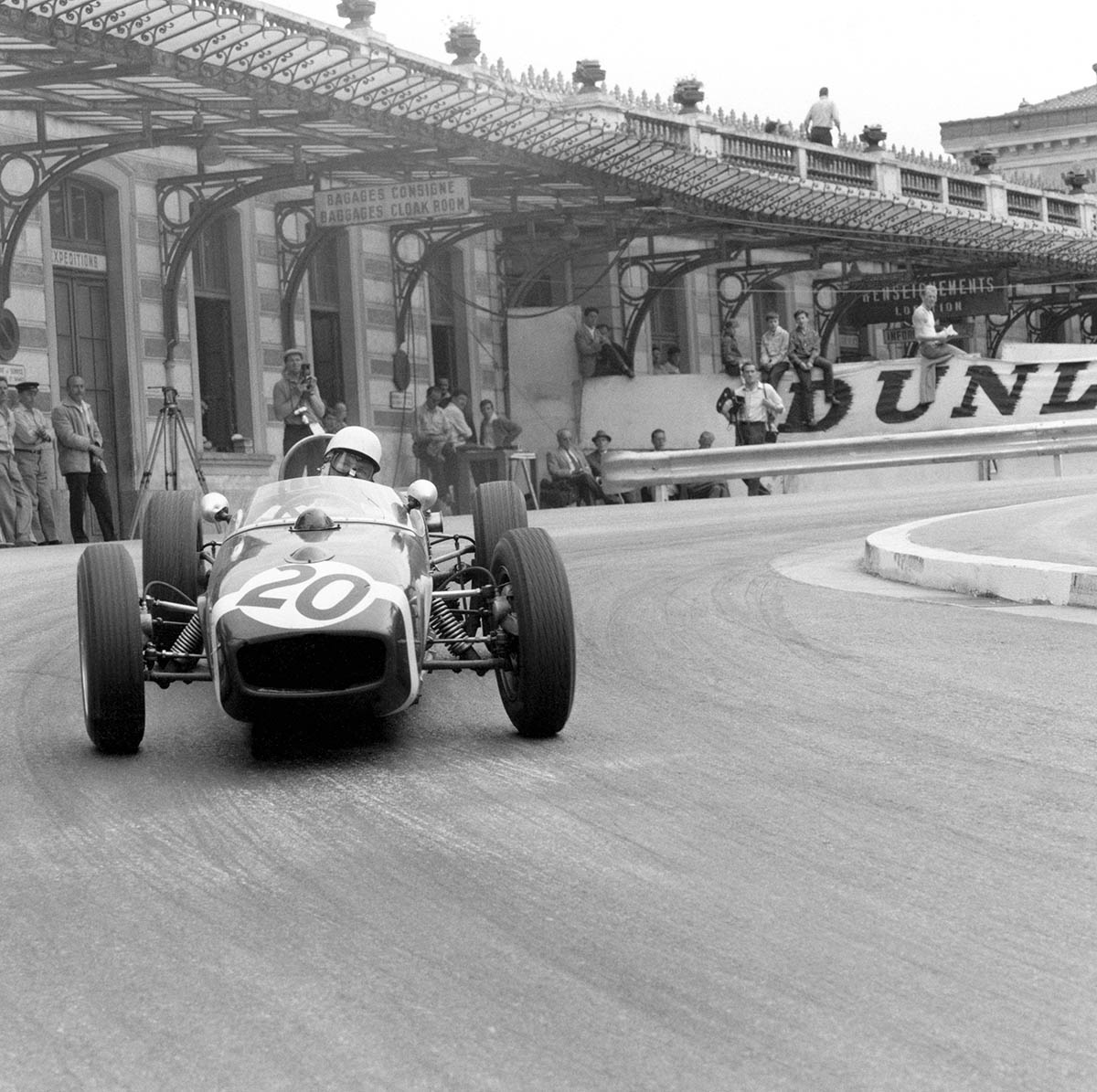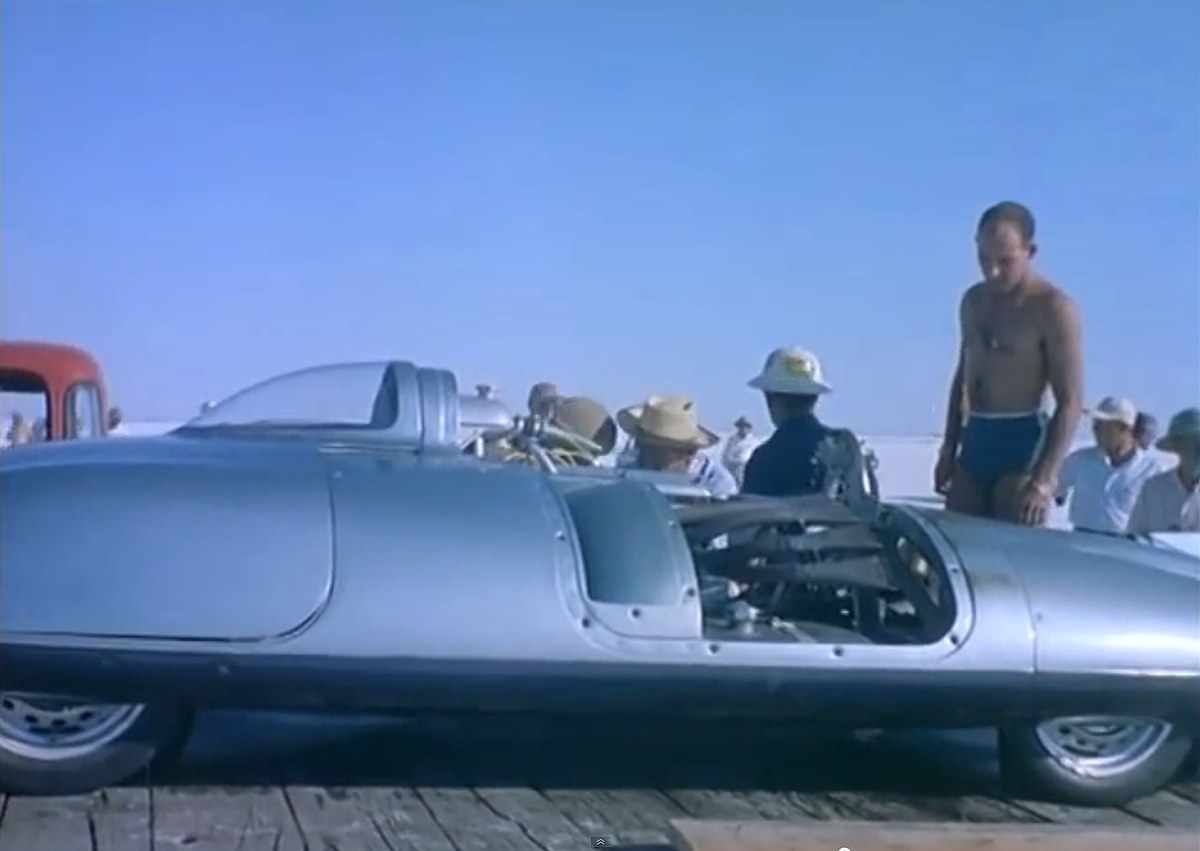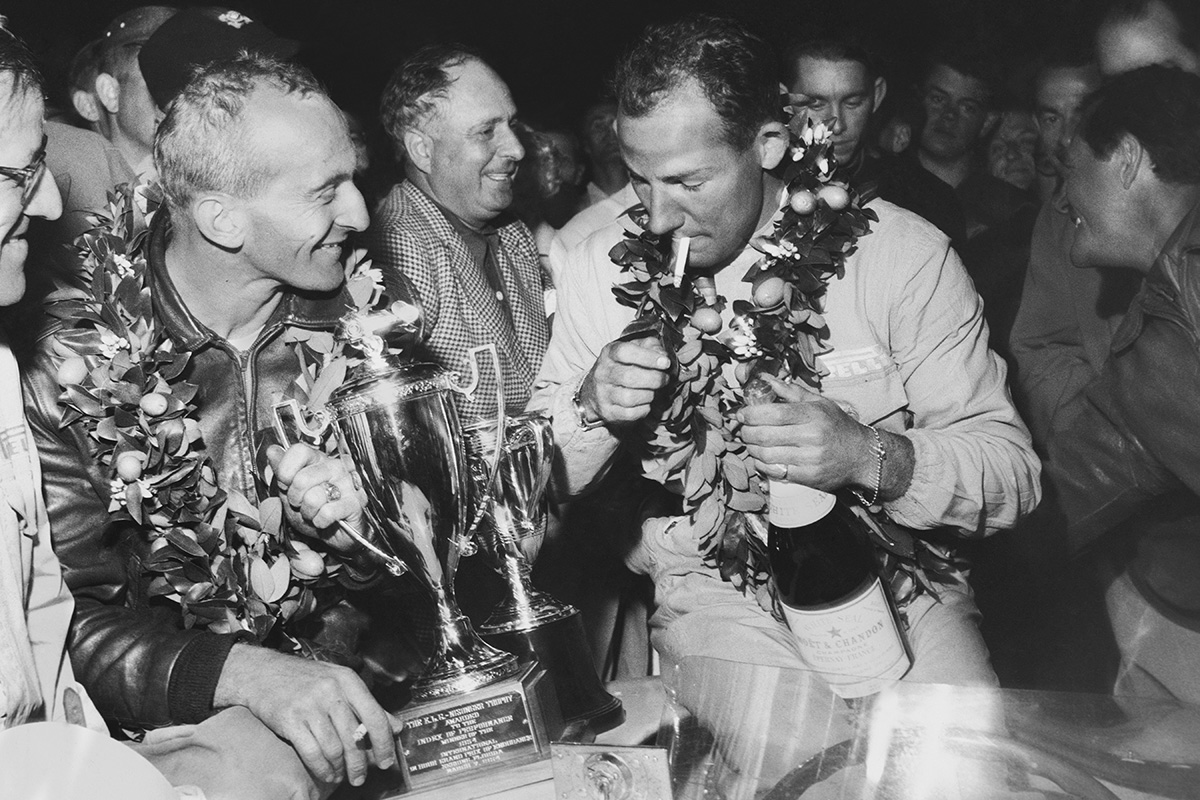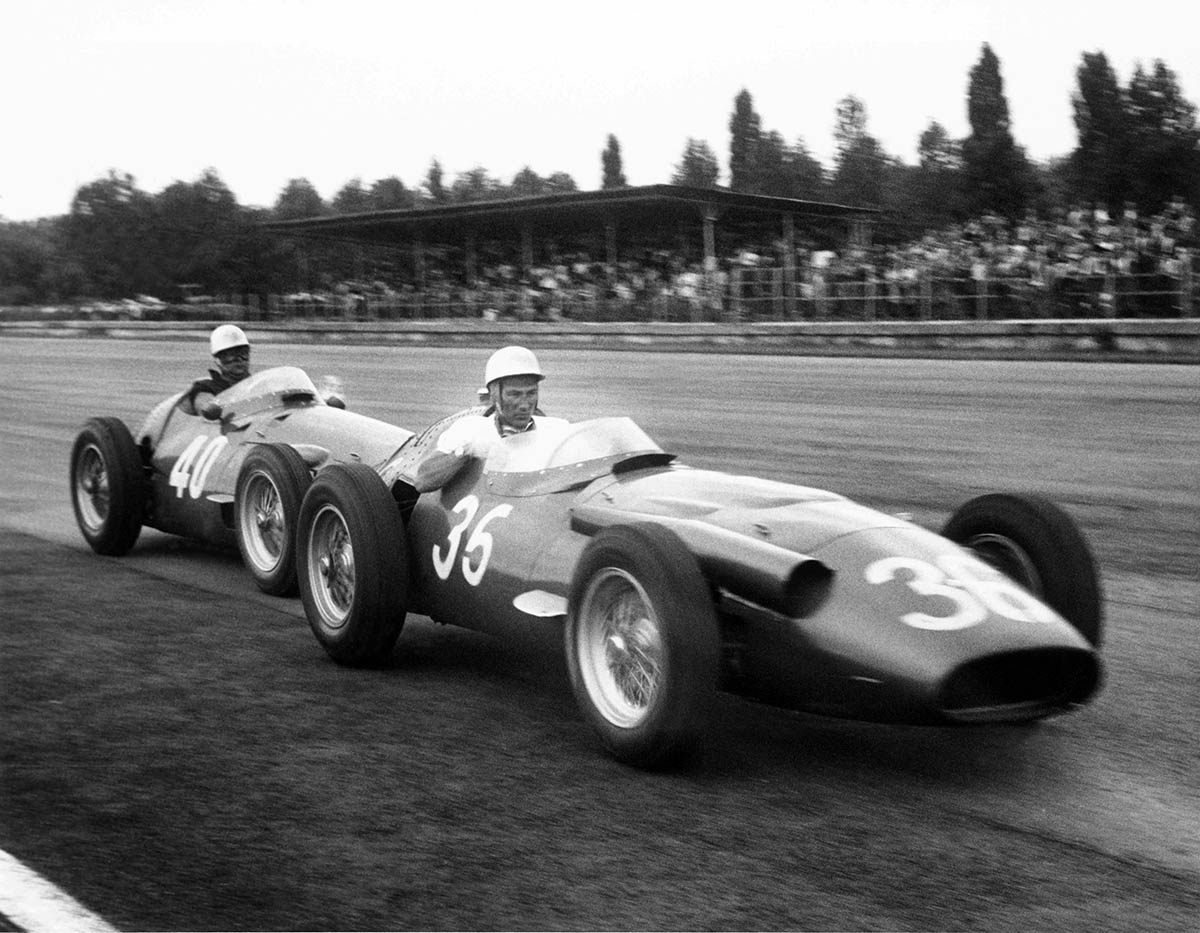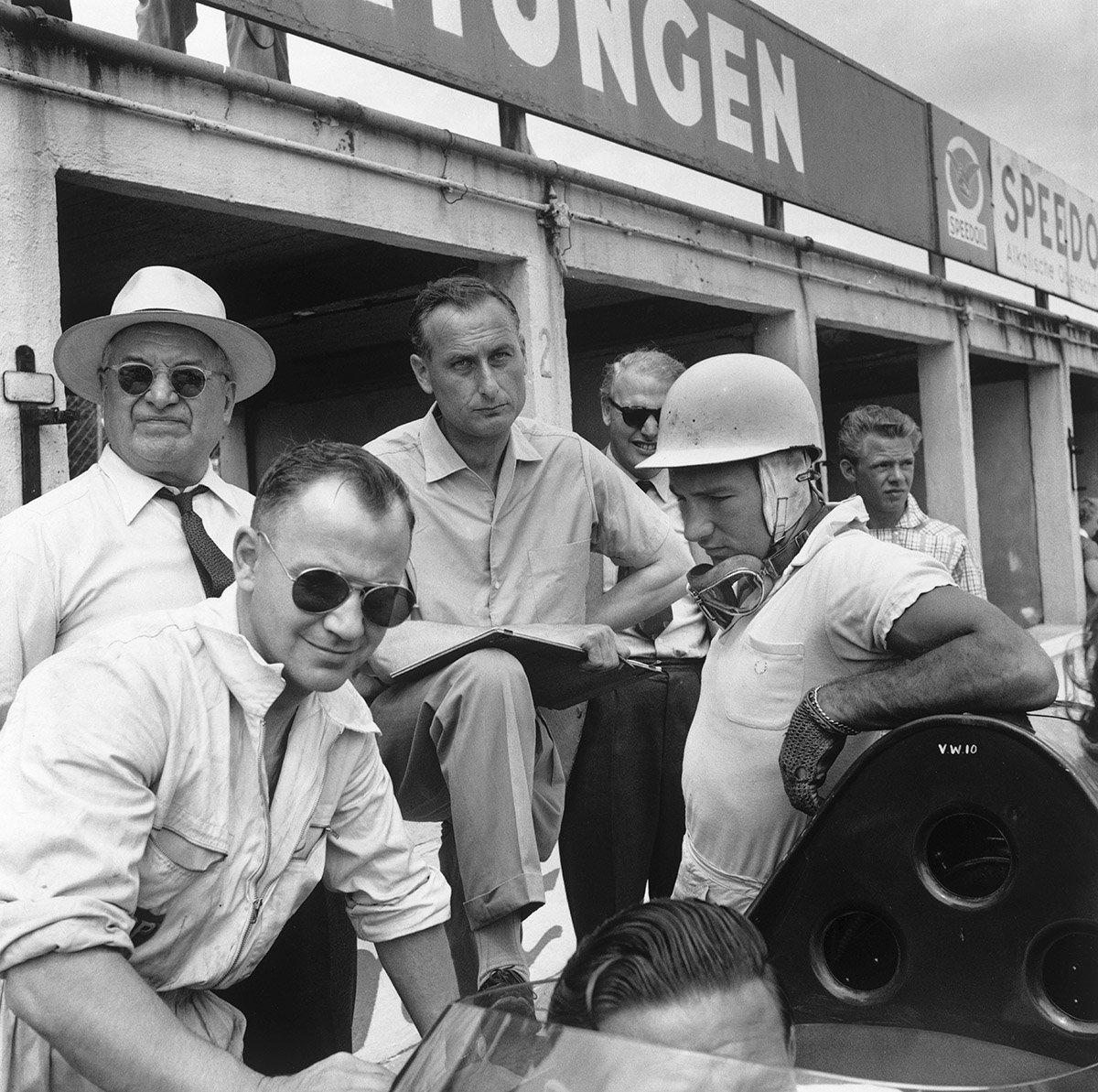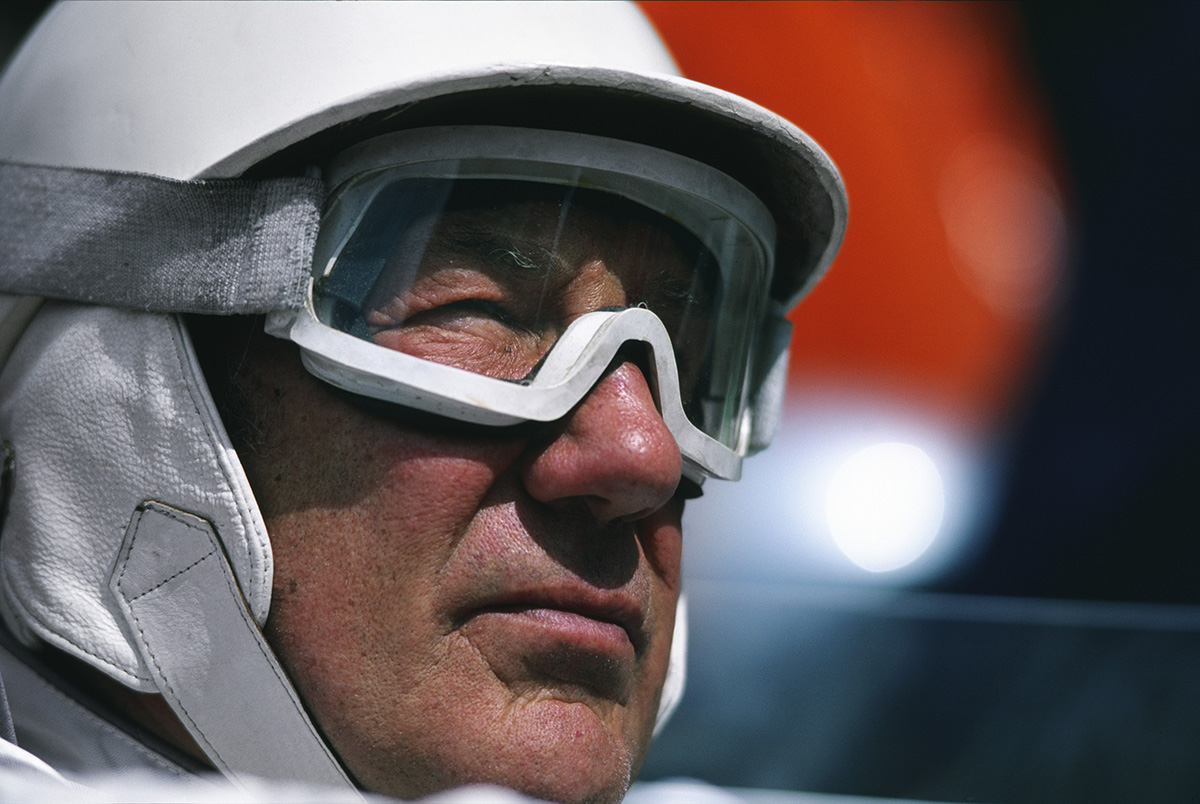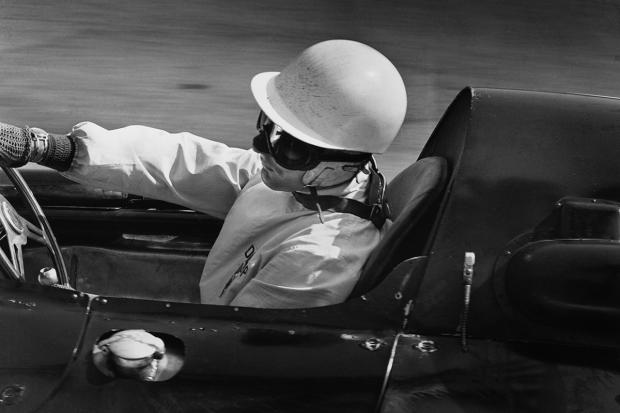
Britain has produced some of the world’s most talented and successful drivers, from Jim Clark and Jackie Stewart to Colin McRae and Lewis Hamilton. But by far the most universally adored and well-known around the globe is Sir Stirling Moss.
Moss may never have won the Formula One World Championship, but he was runner-up four times and took 16 Grand Prix victories. He was also a consummate all-rounder, proving just as fast in sports-car racing (where he reckoned that, unlike in F1, he had the edge on his good friend Juan Manuel Fangio) and rallying.
After Fangio’s retirement, Moss was the benchmark in Grand Prix racing, and a household name. Updates on his condition following his career-ending accident at Goodwood in 1962 were the lead news item for weeks, and the fact that his name still resonates around the world more than 50 years later is testament to his enduring popularity.
Copyright LAT
On the eve of his 21st birthday, Stirling Moss took the chequered flag in the 1950 Tourist Trophy at Dundrod, Northern Ireland. It was one of the Boy Wonder’s first major international victories, and he went on to win the prestigious race six more times throughout his career.
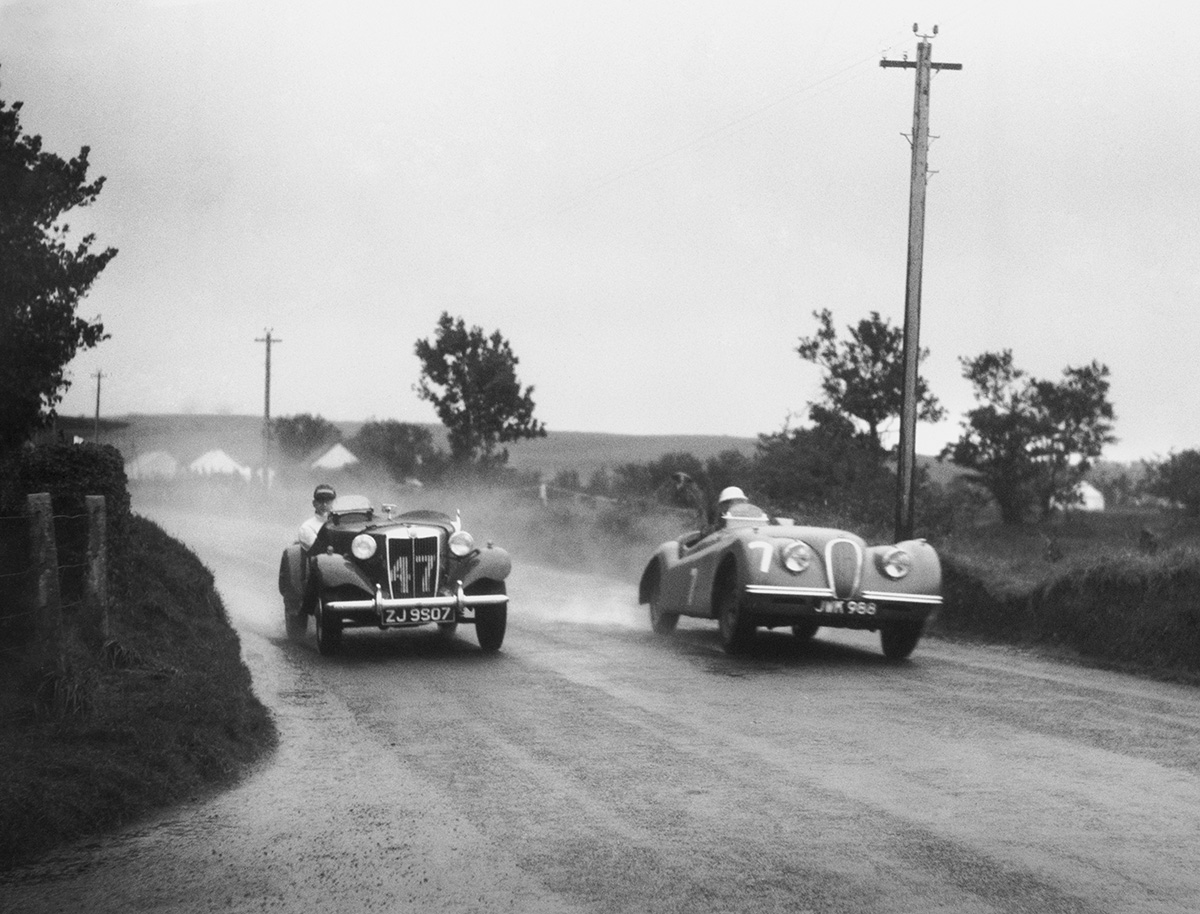
As well as being a gifted Formula One and sports-car racer, Moss also proved his talent at top-flight international rallies. One of just three people to win the Coupe d’Or for achieving three perfect runs on the Alpine Rally, he also finished second in the 1952 Rallye Monte-Carlo after teaming up with The Autocar editor John Cooper and Desmond Scannell, secretary of the BRDC.

